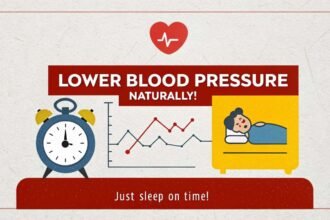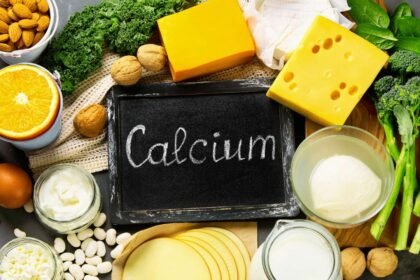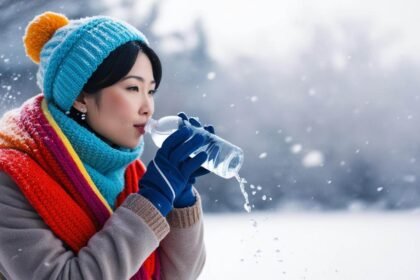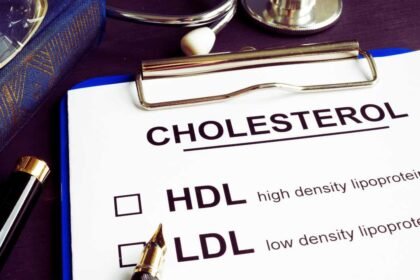Vitamin D often called the “sunshine vitamin” is unique. Unlike most nutrients, it’s primarily synthesized in our skin when ultraviolet B (UVB) rays from the sun interact with 7‑dehydrocholesterol, converting it into previtamin D₃, which is then transformed by body heat into active vitamin D₃. (Source)
It’s estimated that around 80% of our vitamin D needs come from sun exposure, with diet and supplementation providing the rest.
Why Sun-Derived Vitamin D Matters
1. Skeletal and muscular strength: Vitamin D regulates calcium and bone metabolism. Deficiency in kids leads to rickets, in adults to osteomalacia and osteoporosis; symptoms include muscle weakness and pain. (Source)
2. Immune system and chronic disease: Adequate levels help modulate the immune response. Low vitamin D is linked to higher risk for infections (including tuberculosis) and various cancers. (Source)
3. Mood and mental health: Though research is ongoing, some studies suggest vitamin D plays a role in mood regulation and may impact mental health.
How Much Sunlight Is Enough?
The amount of UVB needed for sufficient vitamin D varies considerably by season, latitude, skin color, age, body coverage, and time of day:
- Season & latitude: At higher latitudes, or during winter, UVB can be too weak for adequate synthesis – this is sometimes called “vitamin D winter”.
- Skin exposure: Even exposing just 22–25% of your skin (arms, legs, face) on a -summer’s midday day can produce ~1,000 IU of vitamin D in just 10-15 minutes for fair-skinned individuals .
- Skin tone: Melanin blocks UVB. Dark-skinned individuals may need 6× more UV exposure up to 2 hours to match vitamin D output of light-skinned people who tan easily.
- Age: Skin’s ability to convert UVB decreases with age approximately 13% less vitamin D production per decade though sun still remains a key source .
- Atmospheric & lifestyle factors: Air pollution, glass blocking UVB, sunscreen and full-body clothing reduce production significantly.
Maximizing Benefits, Minimizing Risks
Sun exposure brings not just vitamin D benefits but also risks—primarily sunburn and skin cancer.
The trick is sensible sun exposure: short, frequent exposure during midday (when UVB is strongest), balanced with sunscreen or clothing when needed.
- In summer, exposing ~25% of skin at noon for 8–15 minutes is typically sufficient for fair-skinned individuals; it might take up to 2 hours in winter.
- Darker skin tones and more covered clothing may require longer—but there’s no danger of vitamin D overdose from sun, as excess previtamin D₃ naturally breaks down into inert byproducts.
When Sunlight Isn’t Enough
In many cases, sunlight alone isn’t sufficient:
- High-latitude winters: UVB may be practically absent for months.
- Urban living: Pollution and indoor lifestyles reduce sun exposure.
- Clothing or cultural coverings: In places like the Middle East, veiling clothing leads to widespread deficiency-and infants may suffer rickets.
- Obesity and some medical conditions: Vitamin D is sequestered in fat or poorly absorbed in gut diseases .
In these cases, vitamin D‑fortified foods-like fatty fish, cod‑liver oil, fortified milk and supplementation may be necessary.
Balancing Sun and Supplements
A 2022 study among low-intake individuals found daily sun exposure greatly enhanced serum vitamin D, with levels plateauing at around 65 nmol/L; for those with higher dietary intake, the sun’s effect diminished – a sign that diet alone can’t substitute completely for sunlight.
Experts often recommend 35 minutes of sun exposure daily to meet the equivalent of ~1,000 IU vitamin D, especially when intake from food is low.
In Summary
- Sunlight supplies ~80% of your vitamin D: a vital nutrient for bones, muscles, immunity, and mood.
- Needs vary: dark skin, high latitudes, age, clothing, and lifestyle all affect how much sunlight is enough.
- Sensible exposure, not sunbathing, is key: short midday sessions, followed by sunscreen or shade.
- Sun is often insufficient alone, especially in winter or for at-risk groups; fortified foods and supplements help bridge the gap.
- No risk of OD via sun: excess is automatically neutralized in the skin.
Practical Tips
| Factor | Action |
|---|---|
| Skin Tone | Fair skin: 10–15 min midday; Dark skin: 30–60+ min |
| Season & Location | Winter/high latitudes: consider supplements |
| Age | Older adults: still benefit from sun, but may need more or supplement |
| Clothing/Sunblock | Expose some skin without sunscreen briefly, then protect |
| Diet | Include sources like oily fish, fortified dairy, mushrooms |
Ultimately, sunlight is nature’s original health ally without it, vitamin D deficiency is widespread, despite modern diets and supplements. The smart move? Enjoy the sun in moderation and with awareness.
A little sunshine today can pay off in strong bones, a resilient immune system, and robust wellbeing.












